Hydrogel that fills sharks’ electrosensing pores has the highest reported proton conductivity for a biological material
A mysterious jelly produced by fish that can sense electric fields, such as sharks and rays, has been shown to have the highest reported proton conductivity for a biological material. The exact function of the jelly, however, remains unknown.
Sharks can locate their prey by sensing weak electric fields, thanks to specialised structures beneath their skin known as ampullae of Lorenzini, which are named after the 17th century ichthyologist Stefano Lorenzini who discovered them. These are pockets of electrosensing cells connected to open pores on the skin by channels, which are filled with a thick, transparent hydrogel. The function of this ‘Lorenzini jelly’ is still a mystery – researchers suspect it contributes to the sharks’ ability to sense electric fields but are not sure quite how.
A team led by Marco Rolandi at the University of California, Santa Cruz, US, squeezed some Lorenzini jelly from the pores of some sharks and skates and put it through a series of tests. They found that although its general electrical conductivity is very low, its proton conductivity exceeded that of any other known biological material. They suspect that this is because the jelly is rich in keratin sulfate, which contains acid groups that could act as proton donors.
This still doesn’t explain how the jelly helps these fish detect electric fields, and the quest to discover its function will continue. The authors say their findings will help inform future studies on shark physiology.
References
E E Josberger et al, Sci. Adv., 2016, DOI: 10.1126/sciadv.1600112

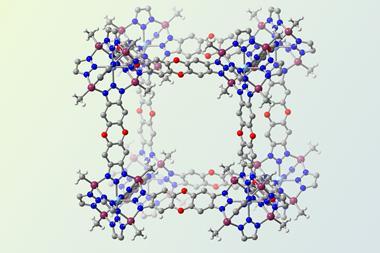


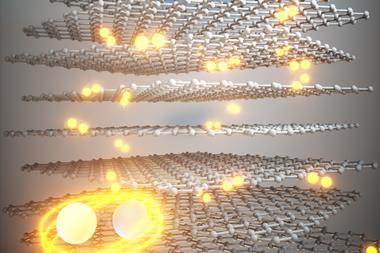
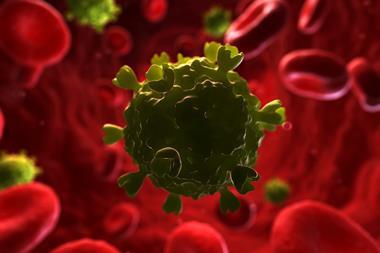
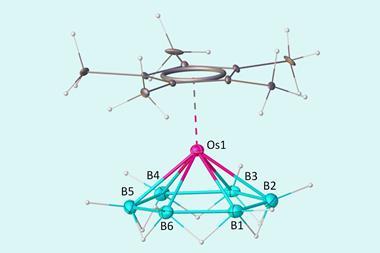

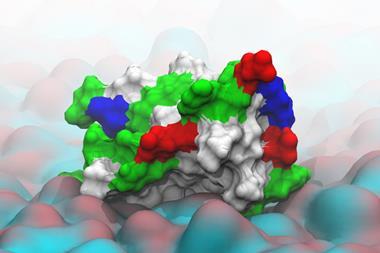


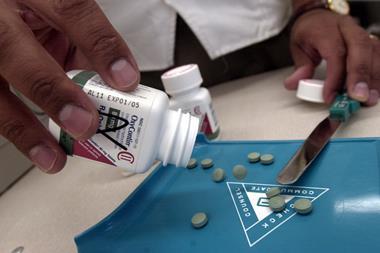
No comments yet